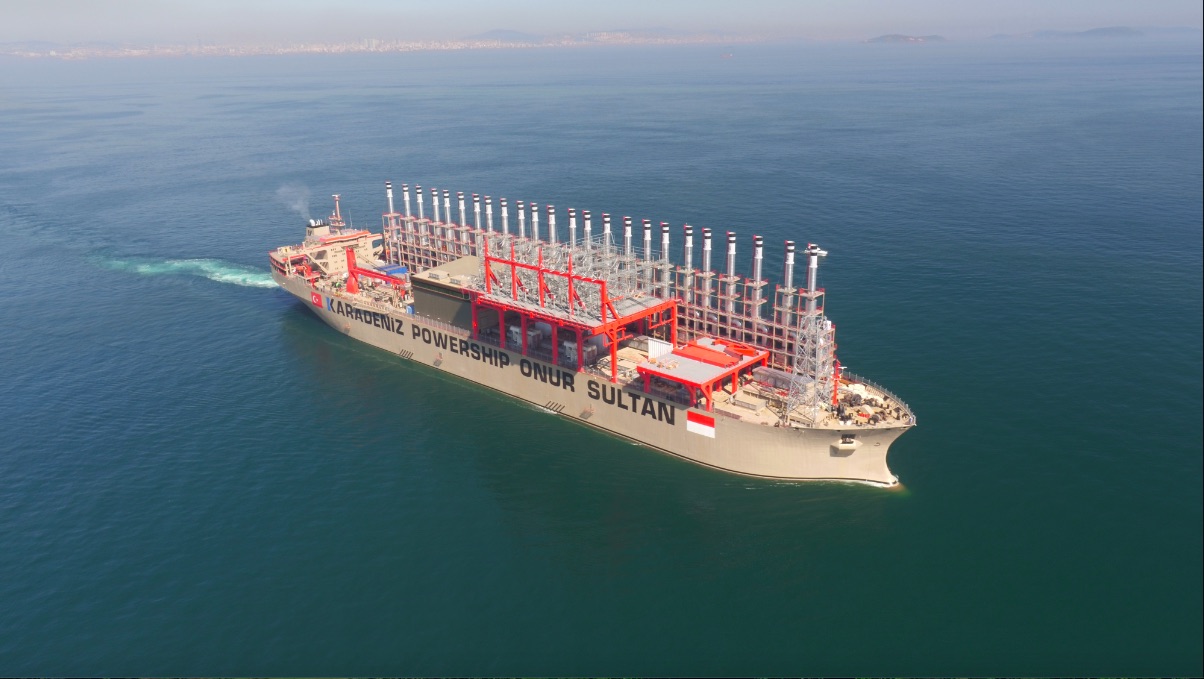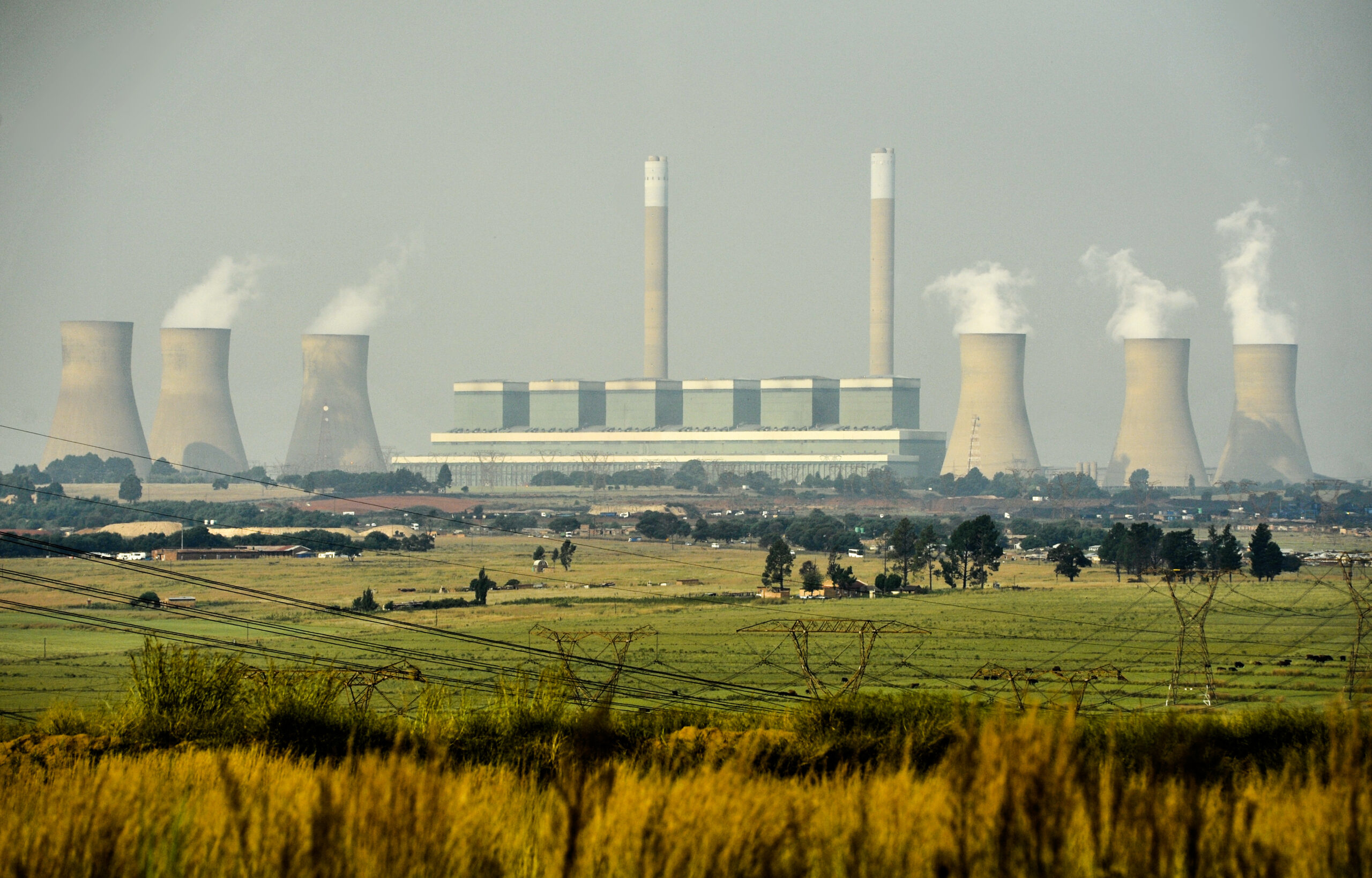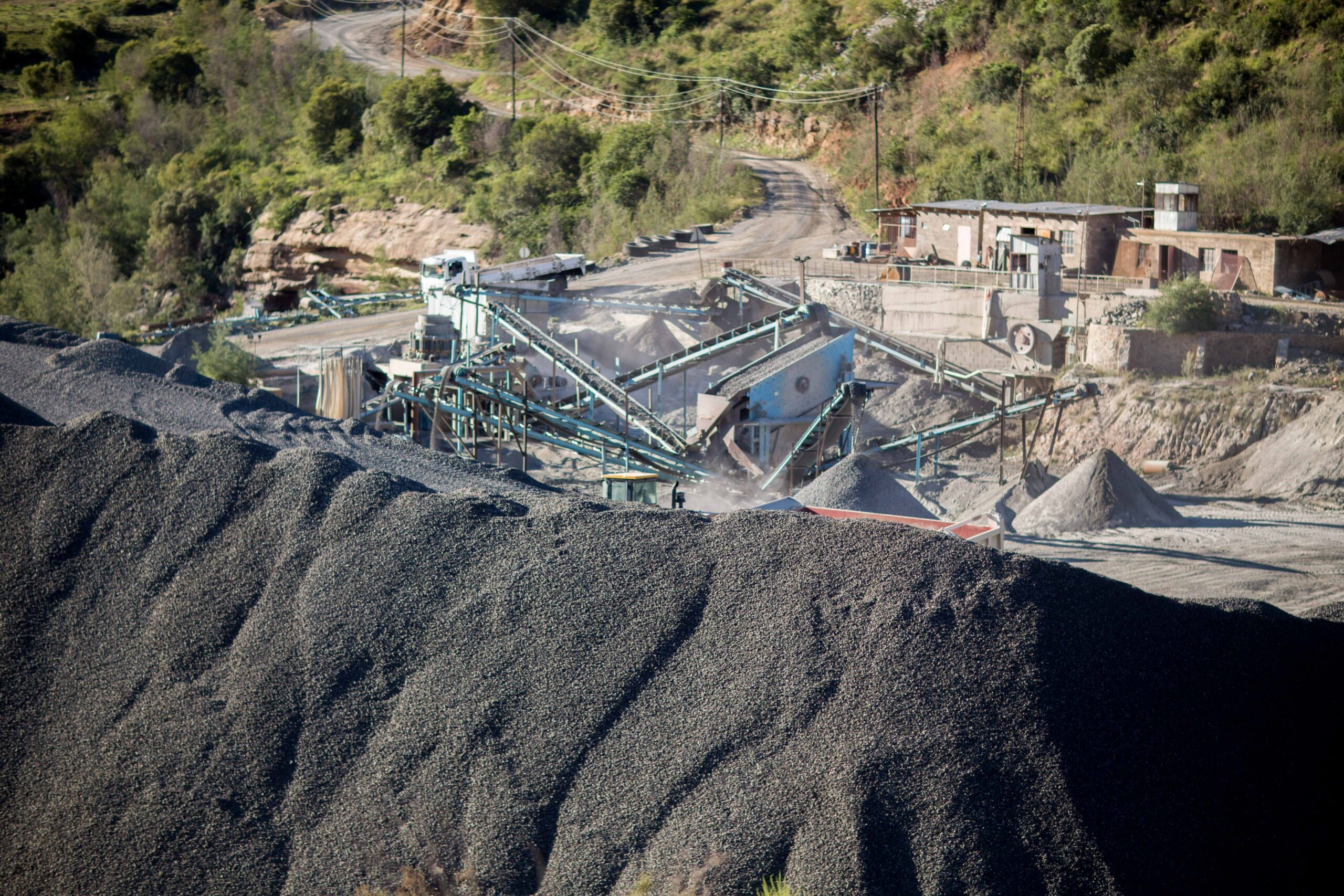Liquefied natural gas will lock in emissions for years to come
Currently, South Africa is neither a large exporter nor importer of liquefied natural gas (LNG). However, there are now plans in the country to develop this fossil fuel industry. If you are interested in liquefied natural gas, this article will help you to understand the basic facts.
LNG stands for liquefied natural gas. As the name suggests, fuel producers cool natural gas to its liquid form. They do this so that it is easier to store and transport. That is because the volume of LNG is about 600 times smaller than natural gas.
How to process LNG
Liquefaction plants process natural gas. This gas is already mostly methane. However, it does contain other compounds. Therefore, liquefaction plants first clean the gas by removing carbon dioxide and water. This is to avoid problems in the liquefaction process. It also helps ensure a consistent quality of commercial gas. Sometimes, the plants also remove hydrocarbons heavier than methane. The gas industry then sells them as raw materials to the petrochemical industry. Once the plant has finished treating the natural gas, it is almost completely methane. The plant then cools the gas to about 162°C. This transforms the gas into its liquid state.
LNG life cycle
Before this processing step, the mining industry must first extract natural gas from the ground. This is the first part of the LNG life cycle. Therefore, the countries with the largest natural gas reserves export most of the world’s LNG supply. The second part of the life cycle is treatment and processing, as described in the paragraph above. Next comes the exportation.
Regions without natural gas pipelines
Some of the world’s regions are not connected to natural gas pipelines. Therefore, gas-producing regions liquefy some of their natural gas. That is so that they can export it to the regions without pipelines. To do this, they mostly use large ships to transport this fuel. These are known as LNG tankers. Once the LNG arrives at the import destination, local energy providers re-gasify it. This occurs typically at import terminals. These are either waterfront facilities or floating offshore facilities. Then, these companies transport the gas to their customers. This completes the LNG life cycle.
Uses of LNG
Some vehicles can run on natural gas in its liquid form. However, most LNG applications require importers to return it to its gaseous form. Then, utilities can use it to create electricity at gas-fired power plants, for example.
Industrial facilities also use natural gas. This includes manufacturers, who use it as a chemical feedstock to create plastics. Furthermore, residential and commercial customers also use gas to heat buildings and water, as well as to cook.
Use of LNG in South Africa
LNG is not currently a large industry in South Africa. Instead, the country imports most of its natural gas from Mozambique via pipeline. However, the government plans to greatly increase the amount of electricity generated by gas. This is due to the shutdown of various coal power plants. Therefore, both the public and private sectors have announced plans to import and use LNG. That is because South Africa lacks developed gas fields to produce much of its own fuel.

Liquefied natural gas projects in South Africa
The South African government has approved an LNG import facility at the Coega Special Economic Zone. It will devote public funds to this and three gas power plants. American fossil fuel giant ExxonMobil also sees the opportunity for gas to replace coal-generated electricity. Therefore, it has announced a feasibility study for a re-gasification terminal in South Africa. Furthermore, Renergen wants to be the first commercial supplier of LNG in South Africa. Therefore, the local company was the first to build a small-scale onshore LNG plant. It now plans to build filling stations for trucks across the country.
The future of LNG
The above projects show that South Africa is heading down the path of liquefied natural gas. Therefore, it will likely import LNG from neighbouring countries like Angola, Mozambique, Namibia and Tanzania. This is despite the opportunity to invest in local renewable energy. This would have been the better approach, according to the Institute of Security Studies.
In 2020, the South African government announced that it wanted to address its electricity supply gap. However, the renewable energy industry said it was excluded from the process in favour of natural gas projects. Accordingly, in 2021, the government awarded a USD $15 billion contract to a Turkish gas company. However, this LNG project did not progress as planned.
The case of Karpowership
In June 2021, South Africa’s environmental authorities rejected proposals for a Turkish company to fix energy shortages. Karpowership had planned to use stationary ships to convert LNG to electricity. These floating power stations would have been located at three of the nation’s ports for two decades. However, the authorities found that the company had provided “inadequate studies” of the project’s environmental impact.
The decision came after pressure from environmental groups. They argued that the ships would harm sea life and ecosystems. There were also concerns regarding air pollution. On top of this, the project would have increased South Africa’s greenhouse gas emissions.

Environmental concerns
This impact on the climate is a huge environmental concern surrounding LNG. As noted above, natural gas is mostly methane. This is a potent greenhouse gas. In other words, it warms the atmosphere 28 times more than carbon dioxide over 100 years. Unfortunately, the industry is prone to leaks. These occur throughout the LNG life-cycle. Therefore, the LNG industry is not clean. In fact, its global growth is now one of the biggest challenges to combatting climate change.
LNG is not a bridging fuel
Therefore, LNG has no place in the South African government’s plans to reduce emissions – even as a so-called “bridging fuel” away from coal. That is because investment in gas infrastructure will now lock in the fuel for years to come. This is demonstrated in the Karpowership case. The contract between South Africa and the Turkish company was supposed to offer an “emergency” solution to the energy shortage. However, it is a 20-year contract.
Commercial aspects
The World Resources Institute warns African nations against overinvestment in natural gas infrastructure. That is because they could become stranded assets. For example, clean energy regulations may force early termination with the use of this infrastructure. Therefore, the country would not recoup its costs. On top of this, it would still have to pay later to invest in renewable energy. As a result, some economic analysts recommend that South Africa invests in clean energies instead. That way, the country will not be locked into LNG and can take advantage of increasingly cheap renewable technologies.
But, there are some positive signs. In June 2021, the government awarded a tender to a large-scale solar power and energy storage project. The sites will be located in the Northern Cape Province. Like the floating LNG power stations, the project is designed to secure South Africa’s electricity supply. Unlike those ships though, the solar panels will not affect the climate.
Related Articles
Eskom: Green energy saves water
Generating electricity from fossil fuels has a hidden cost: South Africa’s already scarce supply of fresh water.
The false promise of ‘clean’ coal in South Africa
Even using the cleanest technology available, coal’s severe environmental, health and climate consequences remain unavoidable.




